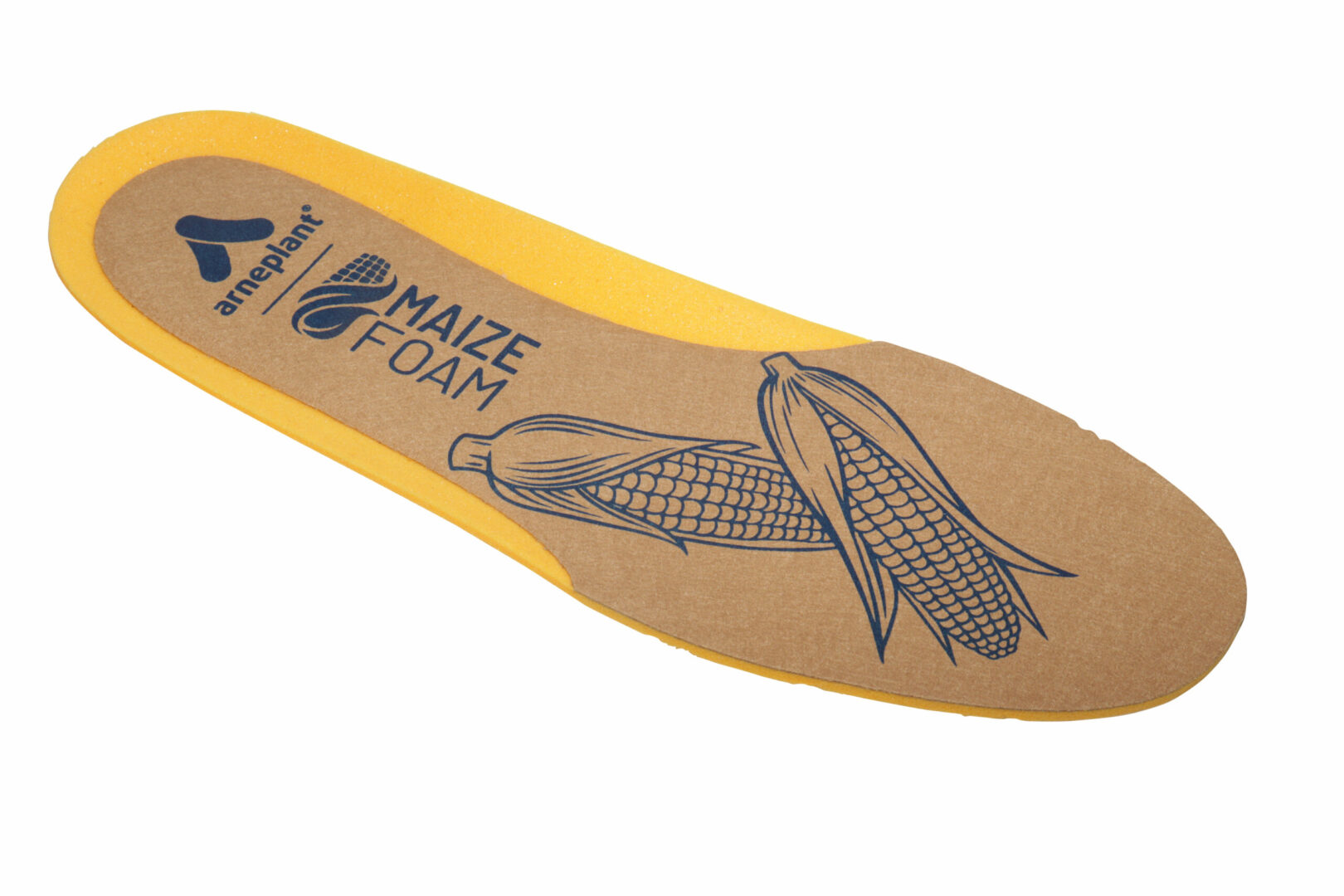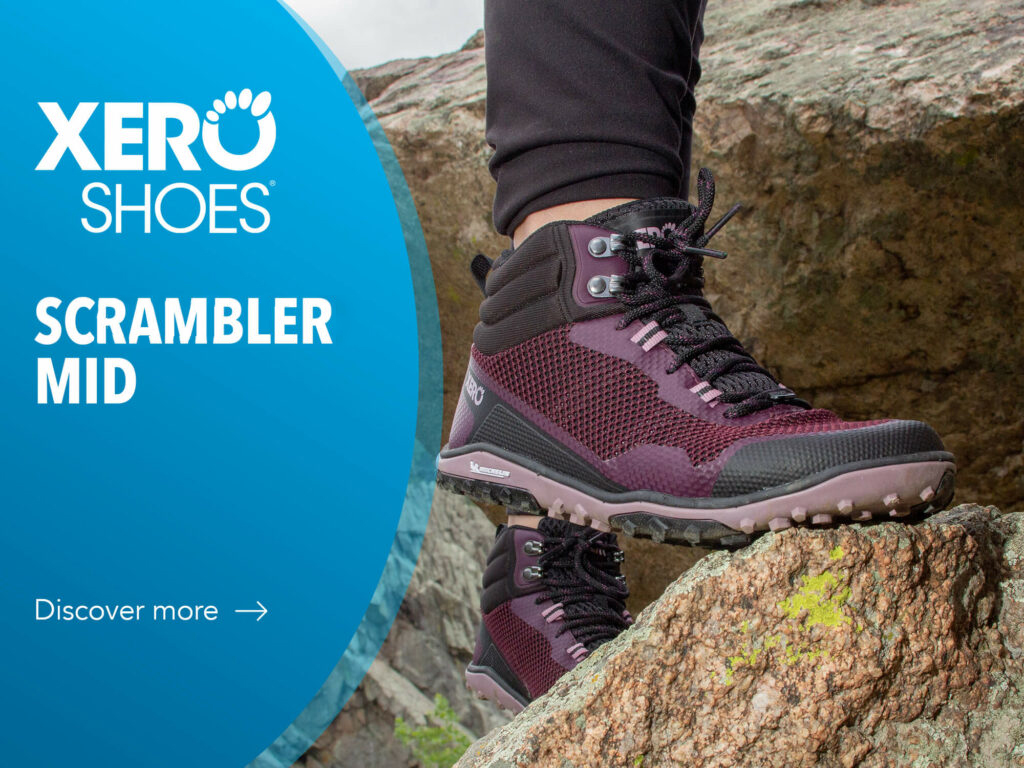Humanity has always looked to the sea as a source of adventure and sustenance. Even before the advent of agriculture some 40,000 years ago, artefacts were discovered that confirm that our primitive ancestors regularly consumed fish, shellfish and seafood. This practice continued over millennia and fishing evolved in parallel with us.
From being a simple individual activity, in which brave fishermen ventured into the open sea or stood on the rocks to procure their daily food, fishing eventually became an established commercial activity. This collective effort began to benefit the entire community, shifting the focus from individual needs to those of the entire town or village.
Different types of fishing
In the field of professional fishing, there is no single categorisation. In fact, commercial fishing is divided into several macro-categories according to various types. Let us examine some of them.
If we focus our attention on the working environment, we can identify three distinct groups:
• Sea fishing, which, as the term suggests, concerns those operating off the coast or in the open sea;
• Freshwater fishing, which includes all activities carried out in lakes and rivers;
• Lagoon fishing, which is concentrated in the brackish waters of lagoons.

Another common distinction among fishermen concerns specialisation according to the species of fish caught or the technique used, including the tools required. Among the most recognised techniques are:
• Trawling system, where fishing gear is tied to the boat and dragged. The nets are generally positioned in midwater or on the seabed;
• Circular fishing system, in which large nets are used that are immediately retrieved to surround and catch shoals of fish;
• Fishing systems with passive gear, such as traps, hooks or gillnets, in which fish are trapped;
• Lampara fishing system, practised at night or at dusk, which involves the use of a powerful lamp to attract fish by illuminating the surface of the water.
Finally, the last subdivision concerns the type of boat used and, consequently, the distance covered by the boat during the fishing cycle. The categories are as follows:

• Local fishing, is practised both on land and in marine waters within six and twelve miles from the coast;
• Close inshore fishing, which includes fishing operations in marine waters up to forty miles from the coast and in all national waters. This mode requires vessels equipped with tools for catching and storing fish on board;
• Inshore fishing, conducted with small boats and a small crew, which represents the oldest form of marine fishing, today mainly replaced by inshore fishing;
• Deep-sea or Mediterranean fishing, which, as its name suggests, is practised within the Mediterranean Sea without coastal restrictions. This activity is carried out with medium-large vessels, equipped with safety and storage devices. It is practised throughout the year, with fishing cycles of up to thirty days;
• Ocean fishing, which takes place beyond the straits of enclosed seas, with large vessels that allow long distances to be covered to reach areas rich in fish fauna.

Technical clothing for fishermen: style and functionality
Despite the different traditions that have developed from country to country, commercial and subsistence fishing today is constantly evolving. Each method, country and vessel has unique and different requirements, but with one fundamental common point: the safety of the fisherman.
For those who have chosen to live among the waves, there are different tools and equipment to make the most of their work. We have seen how different types of fishing require different boats and tools. This concept also extends to work clothing. Let us take a look at some of the garments and accessories that are indispensable to ensure safety and maximum efficiency when working at sea.
• JACKETS, made from technical fabrics such as Glentex, which gives the garment strength and flexibility. These jackets are comfortable for the various daily activities on board a ship.
• SMOCKERS, ideal for summer on board a ship, they provide breathability on hot days while maintaining waterproofing.

• TROUSERS, also waterproof, made of Nylpeche with an elastic waistband and high frequency welded seams, without side openings to ensure comfort and freedom of movement.
• BIB & BRACE TROUSERS / CHEST WADERS, characterised by the same properties. Made of PVC, durable and flexible, they are suitable for both aquatic and land activities. These dungaree-like trousers are equipped with elastic, adjustable braces and a practical inside chest pocket.
Of course, there is no lack of ‘accessories’ to complete the safety aspect of a professional fisherman.
• APRONS, indispensable for fish storage, loading and processing operations. Made of a highly resistant 600 denier fabric, it prevents soiling or damage to the workwear underneath.
• GLOVES, essential for cold weather or when handling fish directly. These low-lint gloves are resistant to chemicals and deformation, elastic and lightweight, making them perfect and safe for food contact.
• CUFFS, made of PVC coated fabric, often used together with gloves, to protect the arms.
In conclusion, technical clothing for fishermen represents a combination of style and functionality, ensuring maximum safety and comfort in a demanding marine environment.
Protection and safety: The characteristics of fisherman shoes
Whether it is the hottest summer or the coldest winter, the weather conditions when working at sea are always particularly difficult. Carefully chosen work clothes can help you stay dry and protected, but all this can be in vain if you do not choose the right work shoes.
There are several options on the market. Each type of footwear offers safety and protection in specific contexts, but navigating through the various choices can be complicated, as different tasks require shoes with specific requirements to support the foot.
The ideal shoe might be HUK’s Rogue Wave, an incredibly weatherproof slip-on fishing boot. The waterproof upper is made of neoprene rubber with breathable mesh linings that prevent water from penetrating, keeping the foot dry and wicking away moisture.

The Grip-X sole offers high reliability on all surfaces, ensuring positive traction even on wet surfaces and optimal performance in all contexts. The non-slip sole and comfortable rounded toe ensure stability in all directions.
If you prefer a shoe instead of a boot, make sure the model meets the minimum requirements to be functional on any vessel. One of the greatest risks of this profession are slippery floors that can cause falls and subsequent injuries to limbs and toes, as well as the discomfort of having completely wet feet.
To avoid such risks, water resistance is the most important feature to look for. Water seepage in shoes can be uncomfortable, annoying and dangerous, causing distractions while working on board. In addition, prolonged contact with water and humidity can cause problems and discomfort over time, especially during long sea crossings. Ideally, you should find a shoe with a waterproof membrane.

Another crucial aspect is the sole. If water is the fisherman’s first enemy, salt is the second, as it damages materials and accelerates shoe wear. It is therefore essential to find a shoe that is resistant to salt. A rubber sole is the best choice, especially if it is non-slip.
Last but not least, it is essential to have a protective toe cap that protects the foot and toes from impact and compression. This toe cap can be made of various materials, such as fibreglass and composite materials, but it is preferable to avoid metal to avoid rust.
These are the main features to keep in mind when choosing a protective work shoe for the fishing industry. We guarantee that with the right footwear, working in the open sea will be a unique experience!
Are you ready to set sail?
You may also be interested in the following articles:

Walking the Via Francigena, Discovering Slow Tourism
Following the footsteps of ancient Romans along the Via Francigena, which offers breathtaking landscapes from Canterbury to Rome. A travel proposal for Summer 2023.

Mountain boots: features for professional and rescuers
Learn what are the crucial features of mountain boots to ensure stability, traction and protection in the challenges of professional hikers and rescuers.

The soles that will save the planet
Plenty of sole manufacturers are exploring different and more sustainable solutions for making footwear structures. Recycling and bio-materials the most popular solutions.













































